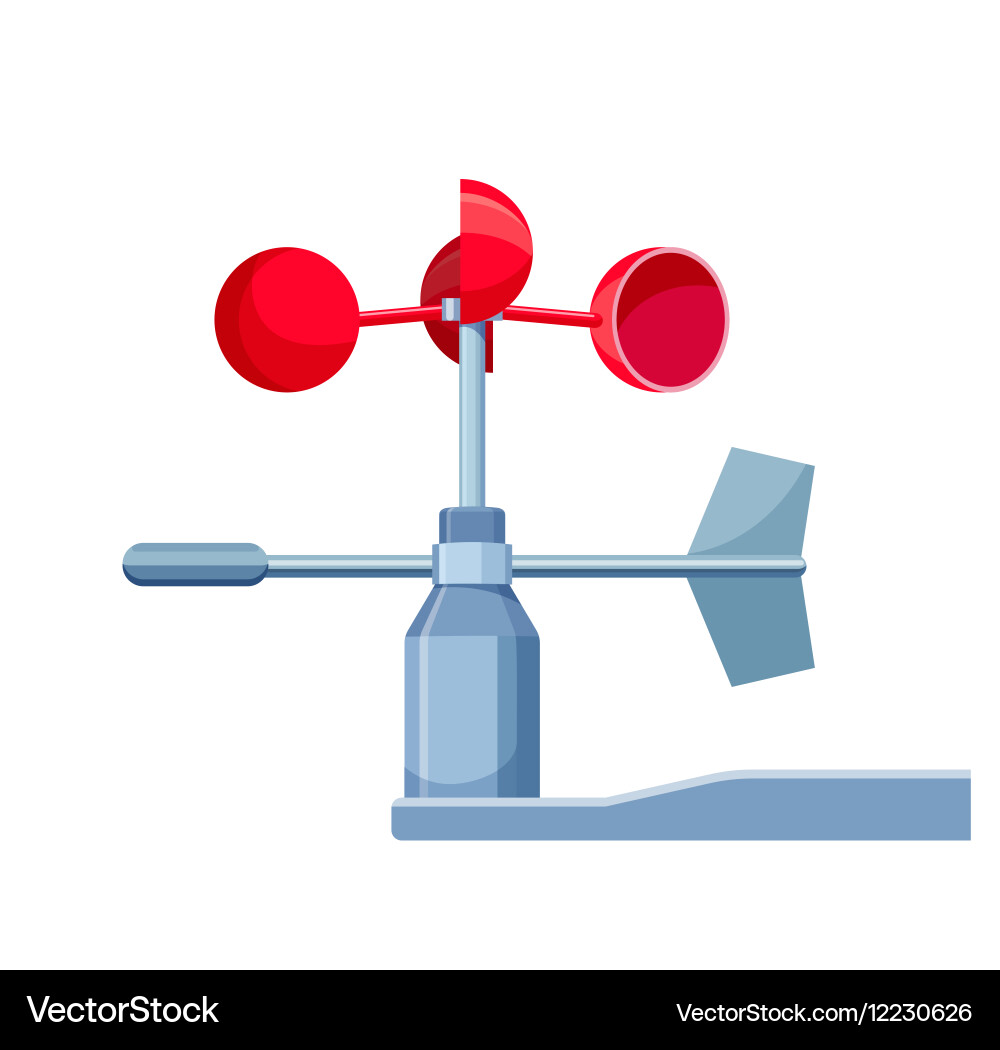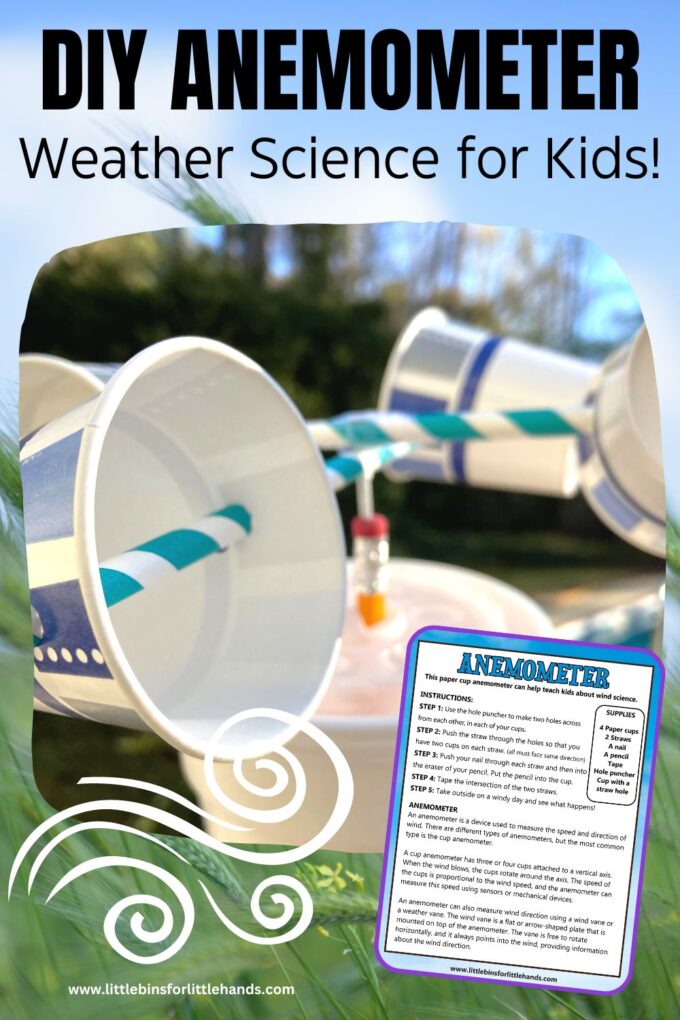All You Required to Learn About Anemometers: How They Work, Why They Issue, and Where to Make use of Them
Anemometers, however commonly neglected in the world of clinical instruments, play a vital duty in numerous areas, offering beneficial understandings right into wind rate and airflow patterns. As we dig right into the complexities of anemometer technology, we will discover the internal operations of these gadgets, their value, and the key factors to consider when choosing the best anemometer for specific applications.

Anemometer Basics
A crucial instrument utilized to determine wind speed and direction, the anemometer plays an essential duty in meteorology and numerous markets. An anemometer commonly is composed of 3 or 4 mugs that turn in the wind, a vane that aims into the wind, and sensing units to track the turnings or activities.
There are various kinds of anemometers offered, including mug anemometers, vane anemometers, hot-wire anemometers, and sonic anemometers, each with its unique features and applications. Mug anemometers are typically made use of for basic wind speed measurements, while vane anemometers are favored for directional dimensions.
Concepts of Anemometer Procedure
Building on the foundational understanding of anemometer basics, the concepts of anemometer operation illuminate the mechanics behind wind rate and direction measurements. Anemometers operate the concept of airflow influencing a sensing unit, triggering it to rotate. Mug anemometers, for instance, have three or even more mugs that capture the wind, creating them to spin faster as the wind rate increases. The turning rate is after that transformed into a wind speed dimension. Vane anemometers, on the various other hand, utilize a tail or a probe that aligns itself with the wind direction, providing a dimension of wind instructions based on the alignment of the sensing unit. Hot-wire anemometers count on a warmed wire that cools as wind passes over it, with the price of cooling determining the wind rate. Ultrasonic anemometers procedure wind rate and instructions by assessing the moment it takes for ultrasonic signals to travel in between transducers. Comprehending these principles is crucial for accurate and reputable wind dimensions in various applications.
Relevance of Anemometers
The value of anemometers in weather forecasting and numerous industries can not be overstated. Anemometers play an important role in determining wind rate and instructions, giving important information for weather forecasting, environment researches, environmental tracking, and air travel operations. Meteorologists depend on anemometers to gather accurate wind data, assisting them recognize climate patterns, forecast tornados, and issue prompt cautions to the public. In sectors such as building, farming, renewable power, and maritime operations, anemometers are made use of to optimize procedures, make certain safety and security, and boost performance. For instance, wind ranch drivers make use of anemometers to evaluate wind problems and maximize electrical energy manufacturing from wind generators. In the maritime sector, anemometers aid ship navigation by giving real-time wind information to captains, aiding them make informed choices to ensure secure voyages. Generally, anemometers are important devices that contribute considerably to safety and security, efficiency, and informed decision-making in meteorology and a wide variety of industries.
Applications Across Numerous Industries
Applications of anemometers extend throughout diverse sectors, showcasing their versatility and energy past weather forecasting. In the sustainable power market, anemometers play an essential role in evaluating wind conditions for wind farm placements, making certain optimal power production. Industries like building and mining utilize anemometers to keep an eye on wind speeds, critical for safety methods, specifically when operating at elevations or in open-pit mines where solid winds can pose hazards. Anemometers are additionally important in this the aeronautics here market, helping pilots in comprehending airspeed and wind instructions for risk-free liftoffs and landings. The maritime market benefits from anemometers for ship navigation, helping sailors anticipate climate adjustments and change routes as necessary. In agriculture, anemometers help farmers in managing plant splashing by offering real-time information on wind rate to avoid drift. In addition, anemometers find applications in HVAC systems to optimize air movement and enhance power efficiency in buildings. The varied usage cases of anemometers highlight their value throughout numerous industries, highlighting their indispensable role in improving operational safety and effectiveness (anemometer).

Picking the Right Anemometer for Your Needs
Picking the appropriate anemometer customized to your certain needs is necessary for obtaining accurate wind speed and direction dimensions. When selecting an anemometer, think about elements such as the intended application, called for measurement range, ecological conditions, and preferred functions. For basic functions, a cup anemometer is ideal for measuring wind rate, while a vane anemometer supplies wind direction data. Hot-wire anemometers are excellent for reduced airspeed measurements, and ultrasonic anemometers supply high accuracy and longevity.

Conclusion
In conclusion, anemometers play a vital function in measuring wind speed and direction across different industries. It is important to take into consideration the significance of anemometers in order to make enlightened decisions when selecting the most suitable gadget for gauging wind problems.
There are numerous types of anemometers offered, including mug anemometers, vane anemometers, hot-wire anemometers, and sonic anemometers, each with its one-of-a-kind attributes and applications. Cup anemometers are typically made use of for fundamental wind speed dimensions, while vane anemometers are liked for directional dimensions. Hot-wire anemometers are appropriate for low airspeeds, and sonic anemometers are optimal for high-precision measurements in research study and commercial setups.Structure on the foundational understanding of anemometer basics, the concepts of anemometer operation clarify the auto mechanics behind wind rate and instructions measurements. For basic objectives, a mug anemometer is ideal for determining wind speed, while a vane anemometer offers wind instructions data.